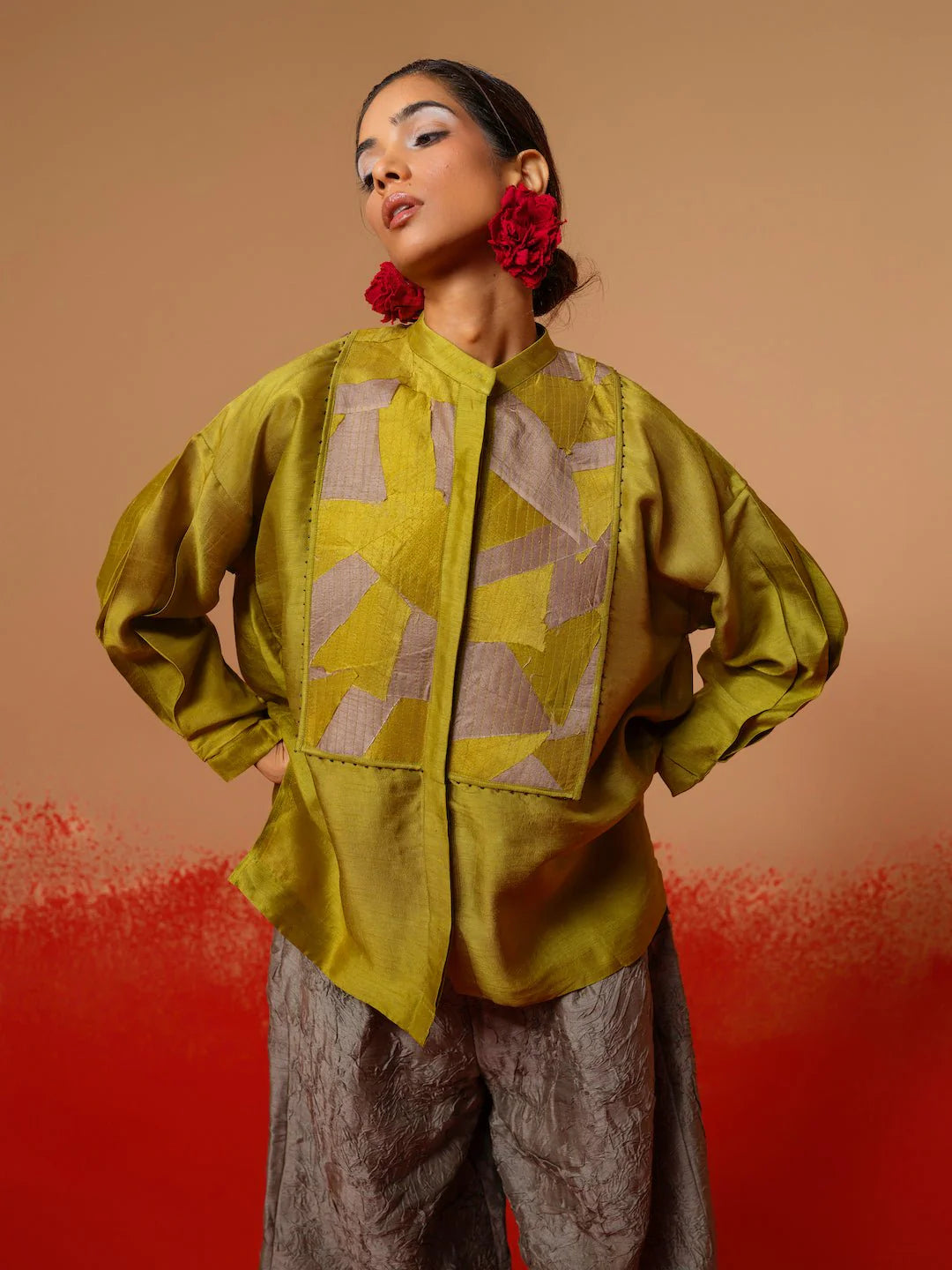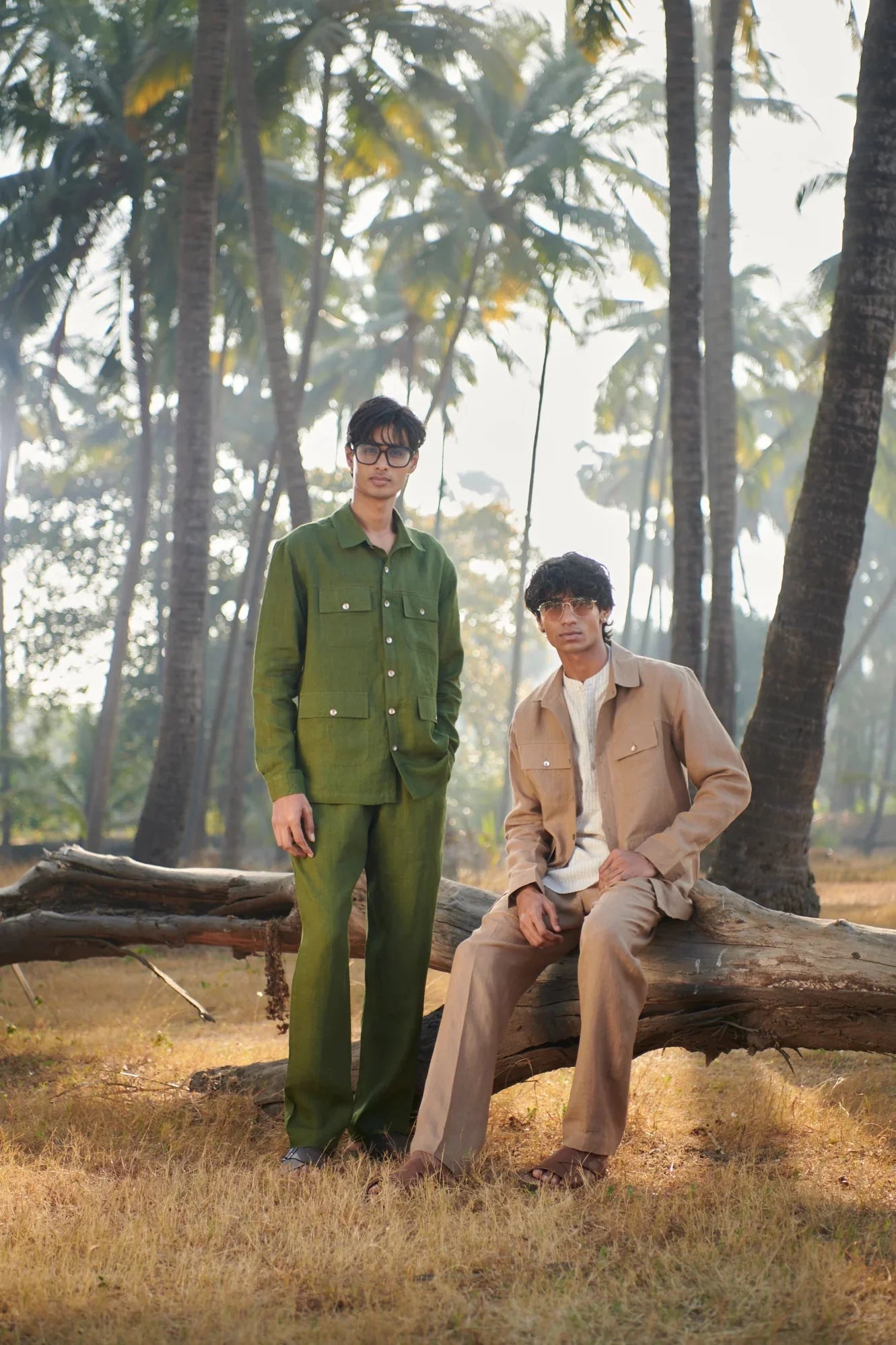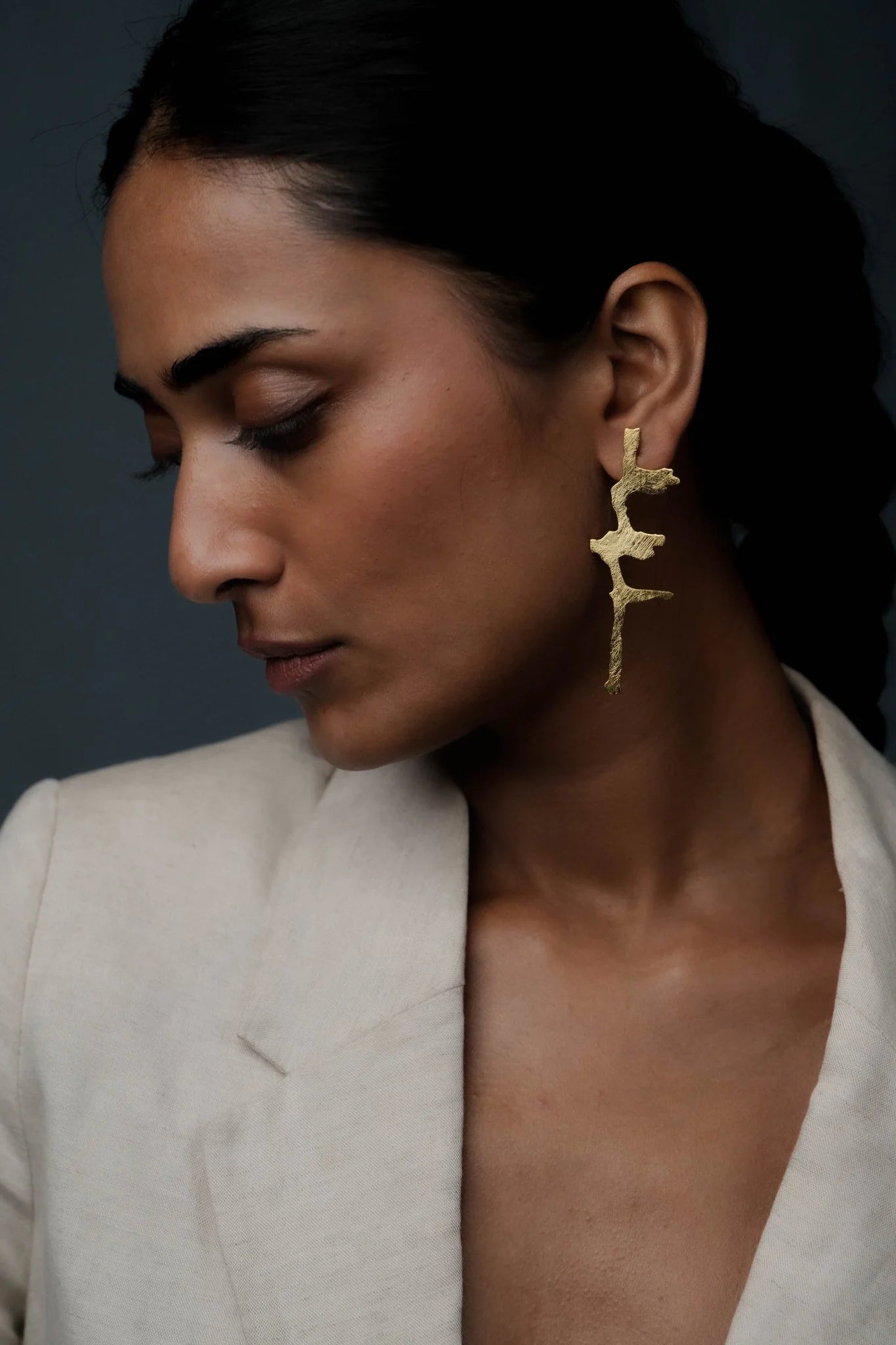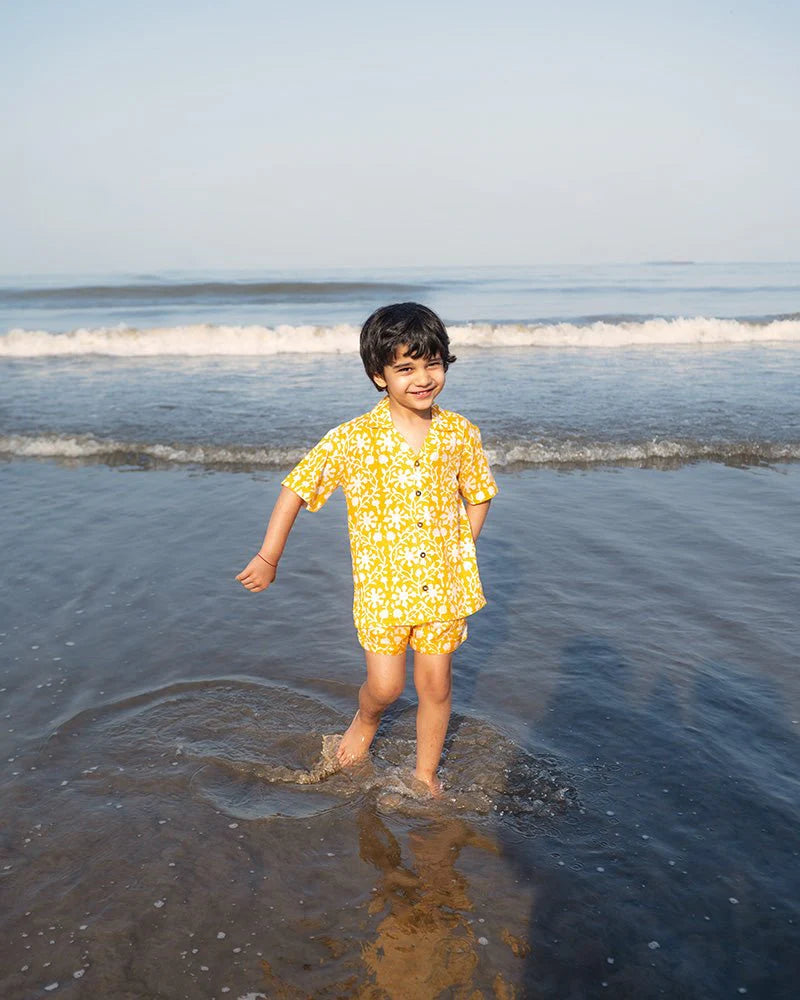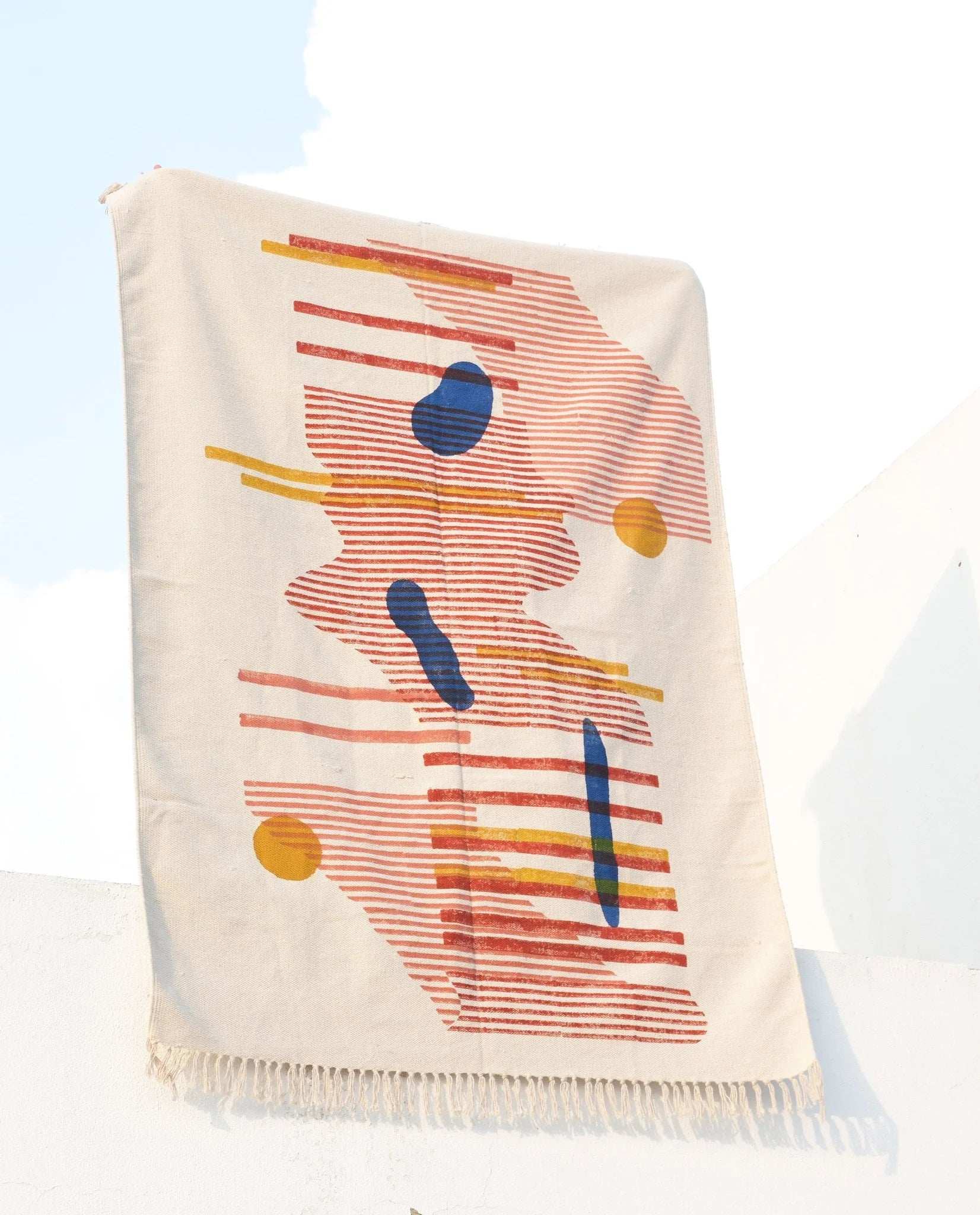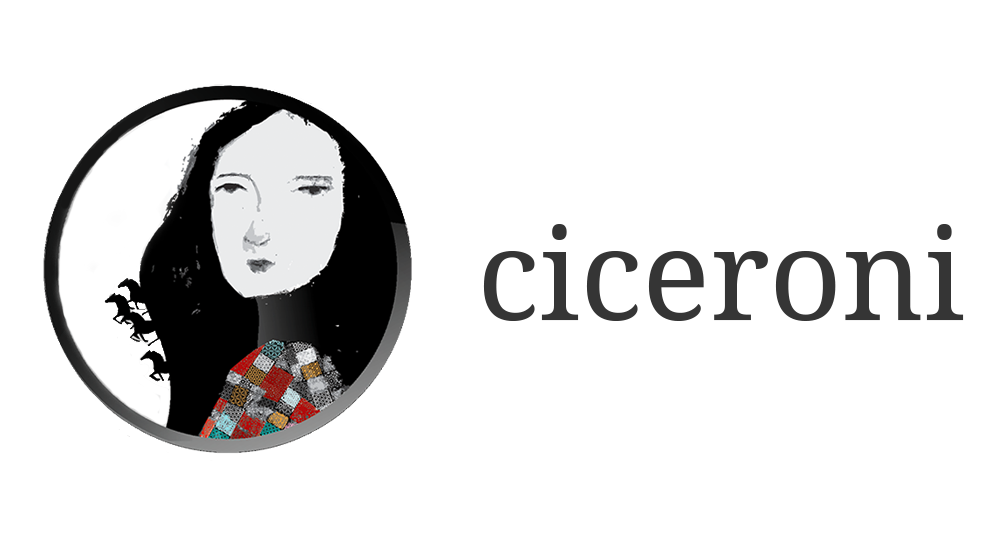Craft is a way of life for craftsmen and artisans unlike the decorative narrative adopted by the urban art enthusiasts. The functionality of the utilitarian object is replaced by the aesthetics of object d’art when created for commercial value. The intersection of this parallel narrative that runs between craftsmen’s daily functional objects and contemporary furniture and objects created for modern day use has been thoughtfully curated and displayed at Collaborative Design Gallery by Sandeep Sangaru, a multidisciplinary designer, educator and an entrepreneur at the ongoing 3rd edition of Raw Collaborative 2019.

The Raw Collaborative was conceived as a platform to showcase the work of Indian designers bound by the philosophy of creating products that are inherently Indian in their expression, process and outcome blending together craftsmanship, design, experimentation and technology. Founded by Tanvi Karia, Priyadarshini Rathore and Vishwa Bhatt Weir, The Raw Collaborative is back with the 3rd edition at Le Corbusier’s Architectural Landmark Mill Owners’ Association Building’ with more than 60 talented designers from areas of architecture, interior design, furniture design, textile, ceramics and art as they showcase their state-of-the-art designs and products.
Displayed at the iconic hall of Mill Owner’s association building, architectural gem created by Le Corbusier in Ahmedabad, the curated design gallery by Sandeep Sangaru walks you through the everyday objects like fish traps, rain hat, low seater dining table from Northeast along with cupboard in Kashmiri lattice work, Kashmiri rugs, lamps and textiles beautifully placed amidst the contemporary designs.
“Kashmir and North East” is curatorial space representing a set of functional objects with sculptural qualities, made from natural materials and practices that are a representation of people and culture of the place. Involving design brands like Mianzi, La, Woven Threads, Studio Bordoloi, Studio Kilab, Lapar, Mohabbat by Anjali Rana Design and Sangaru Design Objects, Sandeep is subtly urging one to rethink and embrace the idea of endorsing craft into our lives as everyday objects.



While the choice of the geography, North East and Kashmir, for the curation seems like off-beat and intriguing for most, it was but natural for Sandeep who has been working with both regions since last 15 years. Winner of the Red Dot Design Award in 2009, the Design for Asia Award in 2011, and the Design for Social Impact Award by British Council in 2012, Sangaru discovered bamboo when he joined NID back as faculty and went to BCDI – Bamboo and Cane Development Institute in Tripura.
During that time, he was exposed to bamboo in its totality, where bamboo was basically the way of life. From living in to creating all objects of use with bamboo, what amused him was the multiple ways in which bamboo was used. This lay the seed of thought for his Red Dot award winning design ‘Truss-Me’ collection of bamboo furniture in the coming years.


“I work for the crafts and artisan community and not for the market. While it might be decorative pieces to most individuals, craft is a way of life for these artisans. They create functional objects from the traditional techniques passed on from generations making use of natural material available locally. We bring in design innovation by reimagining a product using the craft technique for contemporary use” shared Sangaru in an exclusive interaction with Ciceroni on crafts and design intersection.
With a mechanical engineering background and keen interest in photography, Sandeep studied Industrial design and specialized in Furniture design from NID Ahmedabad. With keen interest in cinematography, Sandeep worked in Hyderabad for 3 years in Film industry.
On what led him to shift from cinematography to crafts, he revisits his career graph and shares, “After 3+ years of working in this industry I was not sure of making this a full-time profession due to its erratic schedules and took this offer to join NID as a faculty for new discipline being started. The two years I spent at NID gave me the time and space to think and explore others areas apart from teaching. This is when I worked on two projects at NID ‘Handmade in India’ and taught at the BCDI, Tripura. It gave me the opportunity to travel to different places, understand the craft processes, work with hand which I enjoy the most and document it all.”
The artisans and craftsmen are skilled in their traditional knowledge. With the up-skilling centers, designers and educators like Sangaru add innovations in product creation thus pushing the boundaries with material, skill and quality.
He also travelled to Kashmir on a Development Commissioner Handicrafts project, to understand walnut wood craft. There he became intrigued with khatamband and pinjra kari, Persian crafts that had travelled to India nearly 500 years ago. The former is an intricate ceiling decoration technique created by interlocking polygonal pieces of walnut or deodar, while the latter is latticework made with complex geometric patterns joined together without nails or glue.



His research showed that the design repertoire of motifs and carving styles were incorporated into furniture making after the British introduced it in the 18th century. The furniture was essentially colonial but the motifs were Kashmiri. However, these heavily-carved pieces are cumbersome to make and transport, also making them expensive. He devised a unique style of furniture making based on Kashmiri walnut cracker operating style, of fitting legs of chair by screwing them in like walnut cracker. He translates the Kashmiri art of Khatamband on chair surface rather than ceiling and uses pinjrakari technique to create book cabinets.


Innovations, reviving of craft and creating it for modern use all sounds rather encouraging for industry but surely there are challenges in the craft sector.
Are the craftsmen willing to stay in the sector?
Is government assisting in skilling, opportunity providing and setting market value?
Are the consumers aware of the back-story of how craft based products are made ?
“Youth do not want to take up crafts for the better opportunities available. There isn’t enough value and dignity given to the creators. People want handicraft products at cheaper rates not realizing what goes behind the making of each object. There are people who are creating these products, not machines. These people have dreams and aspirations, just like you. The whole ecosystem needs to change. Sensitizing for crafts has to begin from school education and the craft communities need to be trained for the market and skill updation in contemporary ways for them to be relevant” comments Sangaru on what should change in crafts sector for a positive impact.
“Tourism is the main source of income for most people, approximate population of 5 lacs in Sikkim. It is challenging to find artisans who are willing to innovate and engage in newer product development” shares Sonam Tashi, Product designer of La Brand, which is guest curated by Sandeep Sangaru for “Kashmir and North east”. He talks about the ubiquitous presence of handloom in Sikkim but finds it extremely challenging to find artisans wanting to pursue the other traditional crafts.

Sonam explains about Trickle, an analog tea timer, that makes a perfect cup of tea with its precise design. He says, “Each piece is made of locally sourced naturally treated ‘dhar’ wood. It is then turned on the water lathe machines by Chundharey artisans. Handcrafted to precise calibration, it demonstrates fine craftsmanship from the mountains. Each teacup made of stoneware is gently shaped on the potters’ wheel in Khitam, South Sikkim.”

“Based on the type of tea leaves used, Trickle can be set to calibrate your brew by the minute, allowing fresh, precisely brewed tea to drip into your cup. The base of the Trickle has three different sized holes. The larger the hole, the faster the steeping time. When you place the tea leaf-separator plate in, it blocks any two given holes, allowing the third free hole to be used for the dripping process. The rim is marked to indicate small, medium, large time slots. Place the leaves in one compartment, pour hot water into the other, wait for the water and leaves to intermingle while only the freshly brewed and strained liquid comes gently pouring out”, their website states.
Design, intrinsic use of craft with Indian traditional techniques and innovation is the core philosophy of curating Raw Collaborative design exhibit. It has given a platform to the young designers from across the country to come and showcase their products while sharing their back story. For consumers in Ahmedabad, it is a dream venue to explore furniture, artefacts and interiors beyond the cookie-cutter models available on e-commerce platforms and plush showrooms in the city. While design fraternity might be analysing on the innovation and commercial success of the show, lovers of finer things in life will enjoy spending time and discovering new brands for their home and office spaces.

